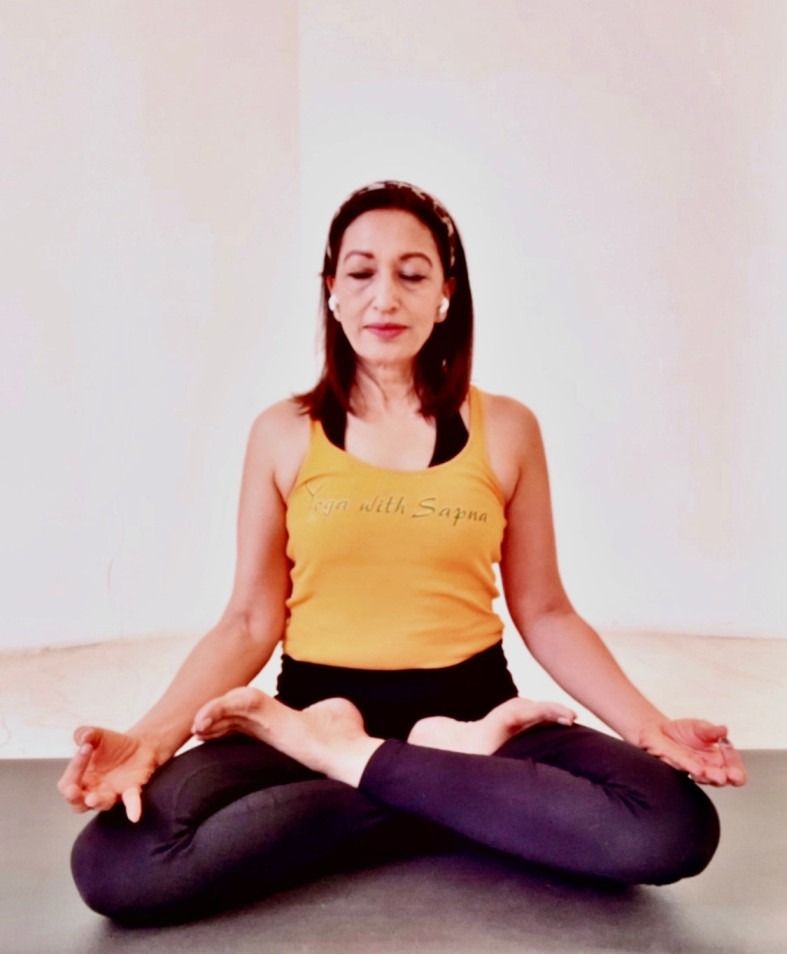Aptly also called “yoga of the hands,” Mudras are hand gestures which originate from ancient Indian yogic traditions. The word ‘Mudra’ comes from the Sanskrit term meaning “seal” or “gesture.” ‘Mudras’ are formed by manipulating the fingers and thumbs in different positions which then influence the flow of energy in the body. Mudras find extensive use in Meditation and Yoga.
Every Mudra has it’s own specific effects on the mind and body, so practitioners can choose appropriate ‘Mudras’ to achieve different states of mental, emotional and physical well-being.
For my friends down under, why not start with an Online Yoga Classes in Sydney? And here’s some information about Mudras to use for getting ahead in our Meditation practice.
Historical Context and the Science behind Mudras
If you take a peek into history, we find that the use of Mudras dates back thousands of years. Sacred texts, such as Vedas and Upanishads describe Mudras as essential components of meditation practice, and over centuries, they have been integrated into different disciplines, including yoga, Ayurveda, and classical Indian dance.
In fact, modern science upholds the efficacy of mudras in the areas of neurobiology and psychophysiology. Every mudra is formed by a specific configuration of the hands and fingers, and this stimulates corresponding regions in the brain. The stimulation of nerves in the hands influences neural pathways and can induce states of relaxation, focus, or heightened awareness. In addition, Mudras can also affect the body’s subtle nerves or subtle energy channels called ‘nadis’ and balance the flow of prana (life energy), while promoting overall well-being.
Mudra to enhance Meditation Practice
To integrate mudras into our meditation practice, we should select a quiet comfortable space, sit in a steady posture such as the lotus or half-lotus position, with the spine upright, and select a ‘mudra’ that aligns with our meditation goals. We should close our eyes, focus on our breath, and try immersing ourself in the experience, so our ‘mudra’ can guide our energy flow and deepen our meditative experience.
Key Mudras For Meditation
Gyan Mudra (Mudra of Knowledge): More correctly written and pronounced as ‘Jnana mudra’, we form this mudra by touching the tips of the index finger and thumb together, keeping the other three fingers straight and palms facing downwards. This hand gesture enhances concentration, sharpens memory, and stimulates the brain, making it ideal for intellectual tasks, including the focus and stillness required during meditation.
Prana Mudra (Mudra of Life): Touch the tips of the thumb, ring finger, and little finger together, leaving the other two fingers straight. Palms are facing upwards. This ‘mudra’ boosts vitality and strengthens the immune system. It can be used as a premeditative practice, to stabilise and prepare us for meditation.
Anjali Mudra (Prayer Gesture): Press the palms together in front of the heart with fingers pointing upwards. This promotes inner peace, calms the mind, and fosters gratitude and humility. The deep meaning of this mudra is – ‘the soul within me acknowledges the soul within you’. This hand gesture can be effectively used at the beginning and end of meditation.
Bhairava Mudra or Shiva Mudra (Meditation Gesture): Place the right hand on top of the left, palms facing upwards, with thumbs touching. This Mudra deepens meditation and inner reflection by enhancing feelings of protection and stability. Ego and disease are also kept at bay when the hands take this position.
Conclusion
Mudras are the connection between the physical and spiritual realms. Through simple physical gestures we tap into deeper layers of our being. ‘Mudras’ offer profound benefits for those who comprehend the depth of Mudras and who perform them with the correct ‘Bhawana’ (attitude) Let’s practice these together. You could access me from far away – maybe search under Online Yoga Classes in San Francisco and join ‘Yoga with Sapna’ today!
